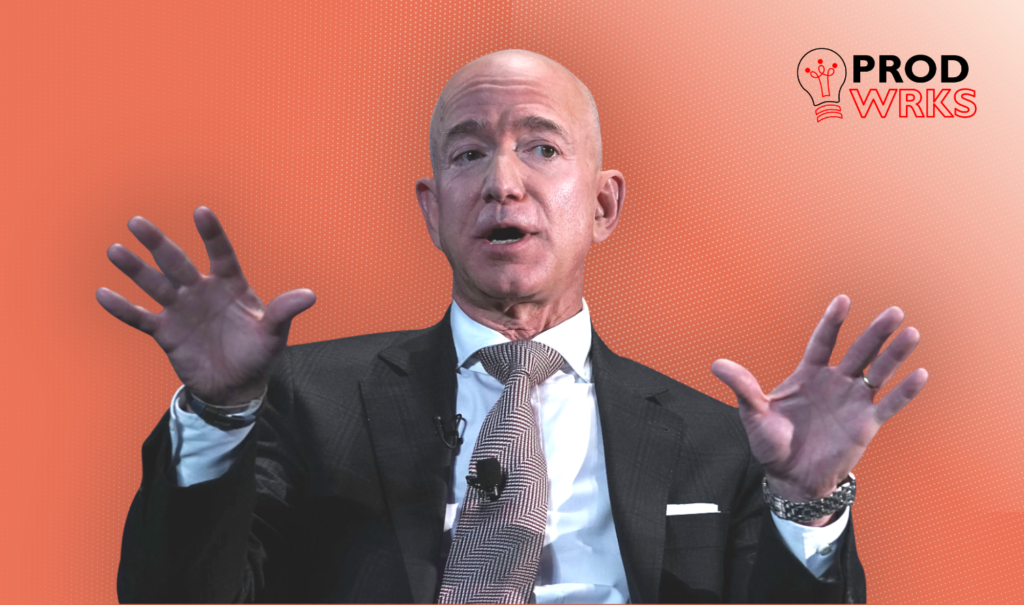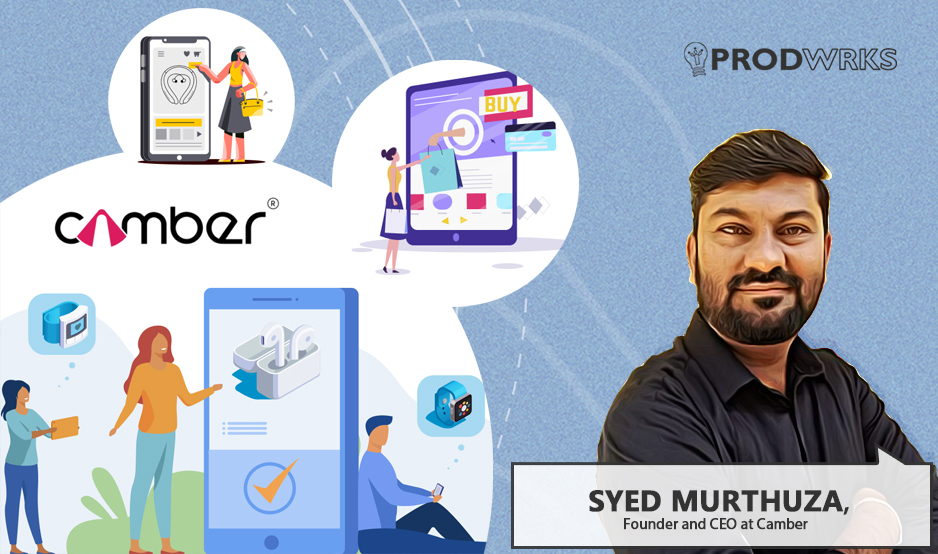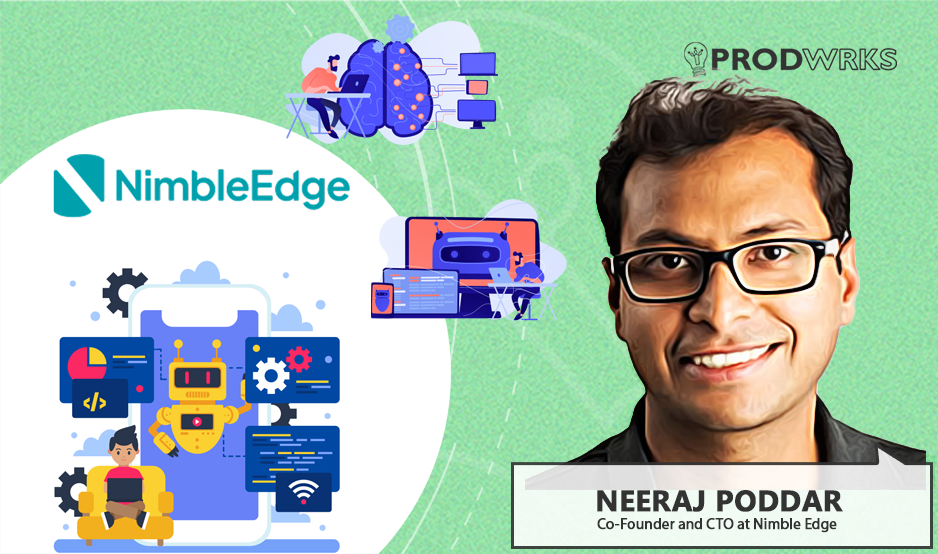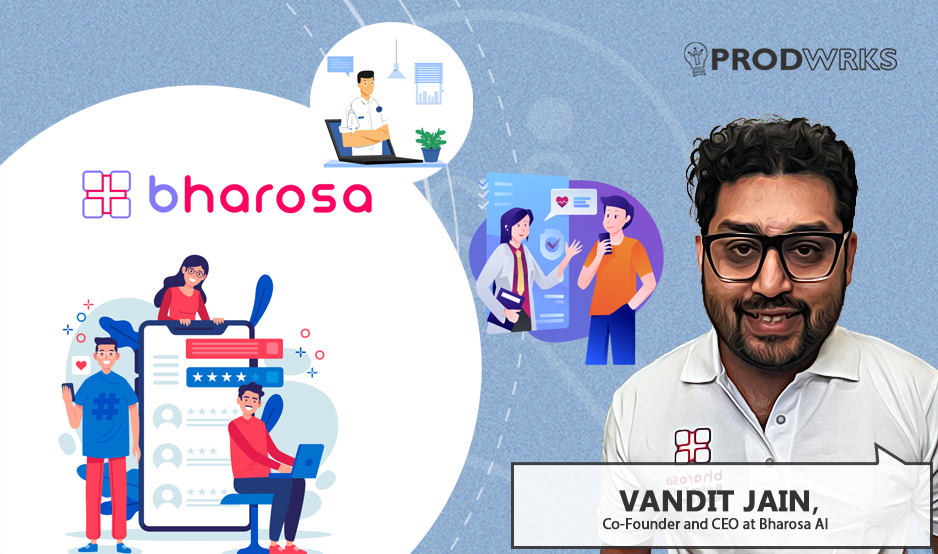
These unfavorable economic conditions have robbed the purchasing power of not only the common folk but also large enterprises, which are the major buyers of b2b products. During such trying times, individuals and companies alike are forced to ‘tighten their belts’ to survive.
So, if you sell a must-have product (💉painkiller), the economic slowdown is far less likely to impact your business than say a company that offers a non-essential product (🍬candy) that a business may not need to function.
But before we get to that…
Alexa, should product companies be so paranoid?
Normally, we shouldn’t be. But when one of the biggest product resellers in the world – Jeff Bezos himself rings the alarm bells and asks you not to buy stuff, you better listen.
In an interview with CNN recently, Amazon’s founder said that the economy “does not look good right now.” And, that means everyone is poised to tighten up their budgets.
The billionaire said, “Things are slowing down. You’re seeing layoffs in many many sectors of the economy,” and recommended everyone to “just remove some risk from the equation.”
Though he spoke mainly on consumer products, when he asked people to “stop buying”, his statement holds true for software products as well.
“Removing risk from the equation” generally means cutting down on non-essential spending and finance departments in businesses are already following that by cutting spending on non-essential product subscriptions.
With an adverse economic environment headed our way, customers who subscribe to your products may even think of ‘removing risk’ by switching to your competitors who may offer fewer features in their products but give much better value in terms of costs.
So it’s imperative that you take stock today, on where your products and features stand and classify them based on three categories: painkillers, vitamins, and candy.
Vitamins are good products but don’t necessarily solve an urgent need. Candy are apps with trivial needs. Painkillers are apps that people will pay good money for since they solve a painful problem. Prioritizing your product development based on these three categories will help you navigate this recession.
Candy, Vitamin, or Painkiller?
This concept of classifying a business or a product as either a ‘candy, vitamin, or a painkiller’ isn’t new. You’ll find many articles on the same subject.
But the analogy is believed to have been coined in the early 2000s by Kevin Fong – a seasoned Bay Area VC and a former partner of the Mayfield Fund, which invests in early-stage startups.
He was fed up seeing endless business plans from startup founders who concentrated on innovation and features – the how and the what – but infrequently stated the problem their product was solving – the why.
Coming back to Kevin Fong, he famously said, “We divide business plans into three categories: candy, vitamins, and painkillers. We throw away the candy. We look at vitamins. We really like painkillers. We especially like addictive painkillers!”
Now, let’s take a closer look at where your business sits – Is it a candy, vitamin, or painkiller?
Candy
Your product can be classified as candy if it is something that is nice to have, and people do enjoy them – but, it is not positioned as a solution that solves a burning problem one might be facing.
Thus, a ‘candy’ product might be a great offering in good times, but not ideal in more challenging scenarios.
Sometimes a feature for which you are charging your users extra can be classified as a ‘candy’ if it doesn’t add anything other than the sheer pleasure of it.
When hard times hit, a candy feature is the kind of non-essential piece of item that will lead your users to switch to much simpler offerings from competitors which could be available at a much lesser cost.
A good candy product is at best an unproductive use of time/money. At its worst, some could even be harmful. The best examples of candy would be TikTok, Netflix, PubG, Spotify, etc.
Vitamin
Vitamins are enhancers. Products that can be classified as ‘vitamins’ are not an urgent need for businesses, but they leave a positive impact over time.
Think of Udemy, Moodle, and other learning tools that companies subscribe to for their employees.
In these products, the gratification is delayed. If the business stops using such products, no real downside is noticed. But, the quality of business will suffer over time as the learning and development of employees are stopped.
If your company tries to sell candy or vitamins during an economic recession, it will most definitely struggle. If you think your product is a vitamin, you’d agree with me that selling it is roughly ten times harder than selling a ‘candy’ product.
It’s just like convincing a healthy human being to take vitamin tablets to make him healthier.
Potential consumers of ‘vitamin’ products are price-sensitive, leading to them questioning the convenience of purchasing the product or even forgetting to do so on a semi-regular basis – especially when business cash flow is under stress due to external economic factors.
Grammarly is also a good example of a ‘vitamin’ that’s not actually needed for your business but makes your business messaging better and grammatically accurate.
Other examples include weather apps, calculators, and other utility applications that provide useful assistance, but we don’t desire them, nor are they essential.
Painkiller
Painkillers are the ultimate products. You need and desire them. People want to use ‘painkiller’ products because they offer an immediate solution to a pressing and critical problem that needs to be resolved urgently.
Some examples of ‘painkiller’ products include Uber, Amazon, Salesforce, etc.
A ‘painkiller’ is the easiest category to sell. Depending on the intensity of the ‘pain’ that the product solves, the prices also vary. The customer is motivated to purchase it for immediate relief.
In times of a recession, you don’t want to position your offer as anything other than a painkiller. If your product falls in the ‘vitamin’ or ‘candy’ category, it would be wise to include ‘painkiller’ features that make it a must-buy for your users.
Let me give you an example. When the world went into a lockdown during the peak of the coronavirus pandemic, many business messaging apps like Slack and Zoho Cliq started adding video conferencing features and collaboration widgets to make remote working smoother. These are good examples of products evolving to become painkillers.
Products that are painkillers are therefore in higher demand, experience less price pressure and are able to drive profitable and sustainable growth regardless of the economic context.
A Candy isn’t always a bad thing
Remember Calcium Sandoz? It’s a famous brand of calcium tablets that come in attractive candy-like packaging to make kids view it more like a treat than medicine. Vitamin-infused gummy bears are also a good example of where candy is used to sell medicine.
The same can be applied to products. In edtech products especially, gamification features that are generally considered as ‘candies’ have become the trojan horse to reach large audiences.
The bottom line – you don’t always have to offer a painkiller. Obviously, having an addictive painkiller will probably increase the chances of success for your product. But it’s important to get to the bottom of why your users actually use your product.
And the sooner you discover that, the better. You can use techniques like the 5-Why techniques to figure out the core problems of your customer and design a painkiller or a candy to solve the problems.
So, how do you make your product recession-proof?
In changing and challenging environments, the wants and needs of your customers change, and your product features or service which was previously a painkiller might slide into a different category and become a candy or a vitamin.
This is particularly true during significant changes and recession-like events we are currently experiencing. As the economy contracts, the opportunity lies in converting your candy or vitamin offerings into painkilling solutions and adding candy elements to serious products.
At the end of the day, the more you can solve real consumer pain, the more success your products will enjoy. The way you solve it is by getting to the bottom of what’s causing the pain. And this is how you make your products recession-proof.




